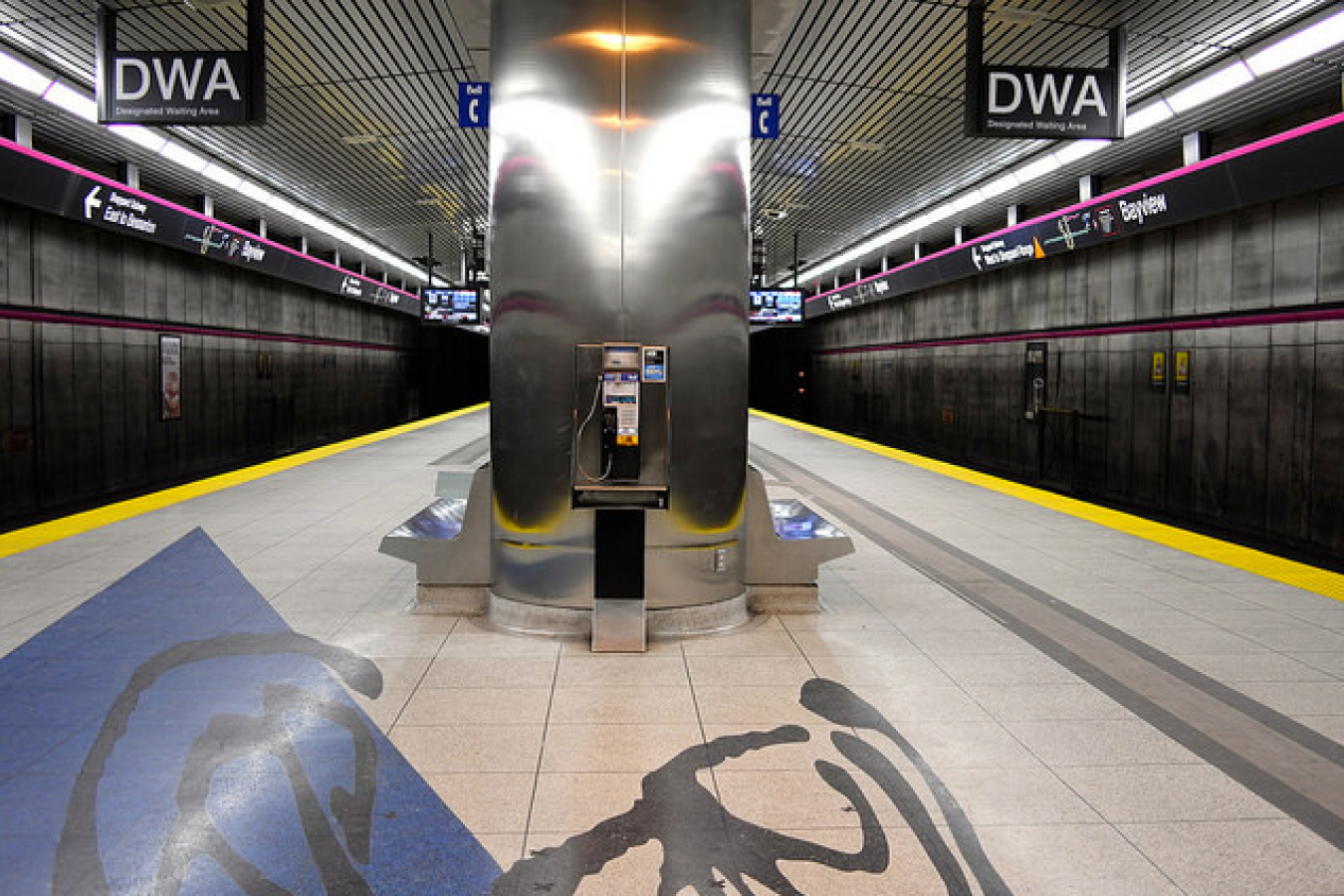The plan would eventually mean an increase of about 35 percent from current levels of more than 220,000 permanent residents a year. It also includes recruiting more people to work outside the largest cities and giving permanent status to more foreign nationals already here, such as university graduates who came on student visas.
Immigration Minister Joe Volpe confirmed that he is preparing a proposal for the cabinet to decide on in October that includes those elements and "many more people," although he declined to give details.
Other government sources indicated that Mr. Volpe has already made one presentation to cabinet on expanding the system, and is preparing a more specific proposal that includes multiyear targets for immigration that will within five years increase the numbers to at least 1 per cent of the population — more than 300,000.
Prime Minister Paul Martin called for more immigration in a speech on 27 Sept., and Mr. Volpe said the government is discussing the details to be included in his department's annual plan, which must be submitted by Nov. 1.
"[Mr. Martin] outlined an important vision statement that includes, as part, the work of my department," Mr. Volpe said in an interview.
Provincial representatives, businesses, unions and others want changes in immigration, he said: "Give us more, and give us more of it around the country and make it fit the needs."
Sources say Mr. Volpe intends to change the current practice of issuing a one-year target for the number of immigrants to multiyear targets to meet or exceed 1 per cent within five years.
Although it will not scrap the current immigration system, which emphasizes university degrees, French and English-language skills, and ties to Canada, the new proposal would make more openings for tradespeople, in part through an expanded local and provincial role in selecting immigrants.
He said that among other things, Canada's immigration system must fill a need for workers in local markets.
"In some cases, it's just things that Canadians have lost the custom of doing," he said. "The one that comes up all the time is truck drivers."
He said his department has focused on five themes:
- Increasing the overall numbers.
- Providing better service both in bringing in immigrants and issuing visas.
- Matching immigrants with jobs needed to fill gaps in local markets. That also means allowing potential immigrants to get matching credentials in Canada before they apply, or before they are accepted.
- Regionalizing so that areas outside major centres can recruit people they need. Mr. Volpe said that many communities envy the numbers that head to Toronto, because they see it as a "wealth-creation dynamic."
- Keeping people who are already in Canada, for example by making it easier for people with student visas to stay after they graduate.




